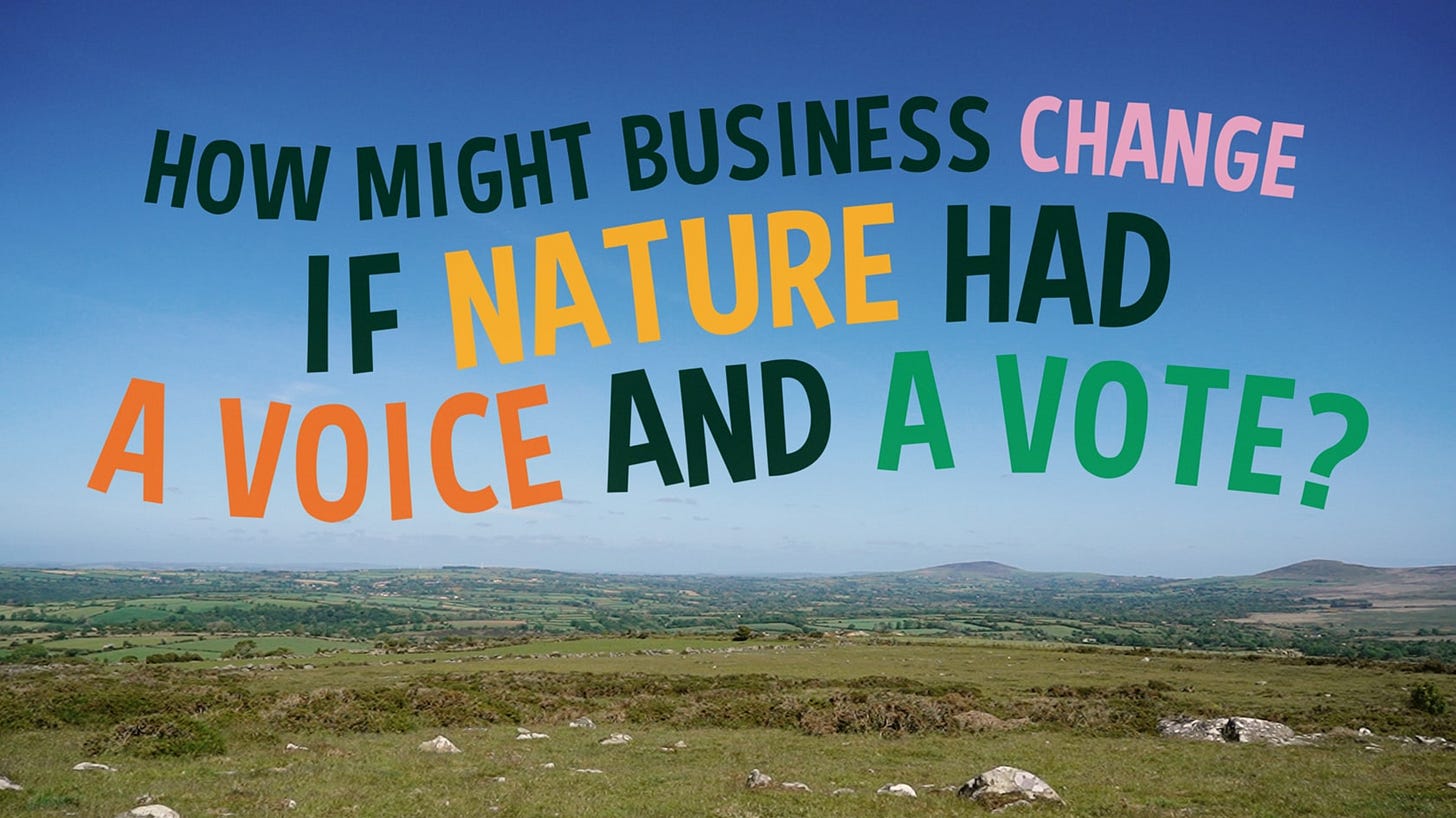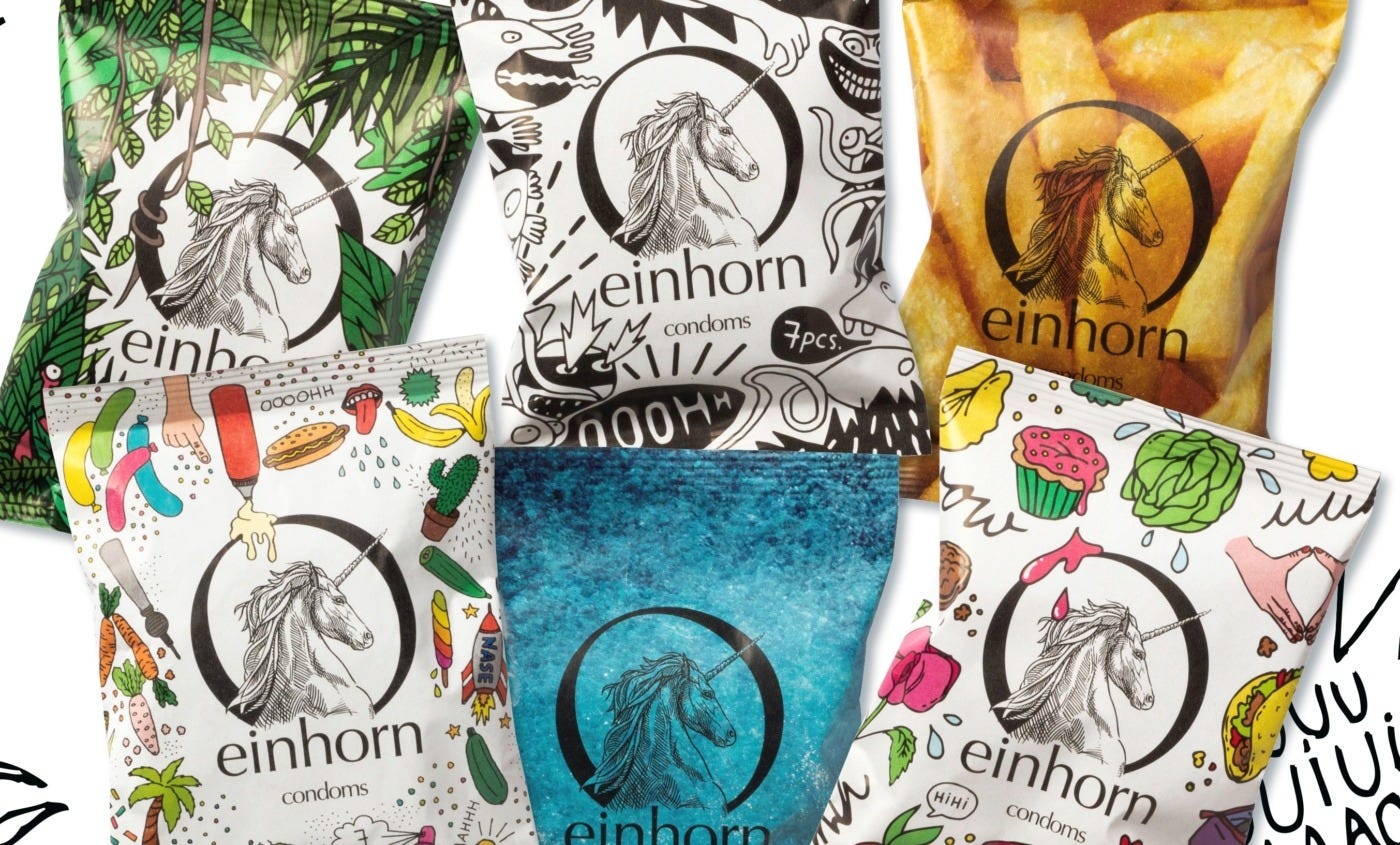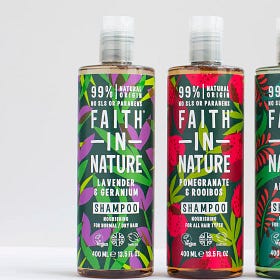🌱 How can you protect your mission as a purpose-driven for-profit company?
+ 4 brands who have adopted special governance mechanisms
Happy Monday trusty readers! Isn’t trust a funny thing?
What makes us trust a brand? Is it reviews? Is it testing the quality? Is it their PR? Is it their promises and targets? I think we as humans want to trust what we hear because it’s easier on the soul than walking through life with our most cynical foot forward. At the same time, we are not massively surprised when we hear our favourite brand has been sold to Massive Corp…of course they want a slice of that action, it hasn’t become our favourite brand for nothing! But some brands accept that trust should be paired with some protective measures. Not even just protecting the mission from future owners, but also from their own future selves. The future them that’s so busy with business that they could get greedy or lose sight of the founding vision.
Aurore writes today about protective measures that help lock those founding missions down.
Do you enjoy reading FTF? We would love your support! Please subscribe, share this newsletter with your colleagues and let us know what you think!
> In Focus…
Steward Ownership
What happens when a for-profit corporate tries to behave responsibly?
In 2021, Danone’s board of investors ousted CEO Emmanuel Faber, his main fault: trying to make the corporation more environmentally conscious. His climate focused initiatives had started to impact the company’s bottom line, and some shareholders weren’t happy about it.
Faber believes (and he’s not alone here!) environmental and economic objectives can go hand in hand and that businesses have a key role to play in the fight against climate change.
However, as we keep witnessing, the balance between economic and environmental objectives is hard to achieve and even harder to protect. How many of us have had to defend a specific sustainability initiative to a commercially minded team, meetings in which the words “because it’s the right thing to do” too often feel futile? When the same people who are in charge of decision-making reap the economic benefits of those decisions, conflicts of interest often arise.
This is why more and more businesses are turning towards alternative ownership models as a way to create and strengthen this fragile equilibrium.
With the rise of the B Corp movement, we saw more and more businesses change their articles of incorporation to include a clause that states the company will consider their stakeholders when making decisions (a requirement to be a certified B Corp in most countries) as a mechanism to protect them through capital raises and leadership changes, something Danone also did under Faber’s governance.
We’re now seeing an increasing number of companies going one step further and exploring steward-ownership models.
Steward ownership: what is it, and how does it actually work?
First, let’s define ownership.
In broad terms, ownership of a company can be seen as:
Having control over the company (voting rights),
Having the right to extract economic value (dividend rights)
Having the right to sell or terminate the company.
In most companies, the same group of people tend to hold all three, but not in steward-owned companies.
Different models exist, but in a nutshell in steward-owned companies, economic rights are handed over to a foundation or trust to safeguard, while founders and operators retain decision-making power. Investors can be brought in and earn a return on investment, but they’ll have to accept that these will be capped, as most of the profits are either reinvested in the company or redistributed to a charity. Additionally, in most cases, steward-owned companies can not be bought or sold.
Governance rights remain with the people who are directly involved in the business, close to its values and mission, making decisions with environmental and social impact in mind.
This structure is crucial because it creates an independent decision-making power, which is separate from the financial gain. Crudely speaking, they don’t make more money when the company makes more money, giving them more incentives to do the right thing for the planet. The purpose of the company is no longer about maximising profit for shareholders. Furthermore those profits can become a tool to further the company’s impact.
How it might look like for your business
Within that structure, it’s up to each company to understand what models are available to them (which might be dictated by national legislation) and decide which would work best. Taking inspiration from other businesses who have already gone down that route is recommended, so here are some examples of businesses who are ensuring they bring a wide range of voices to the table, (including nature’s!):
One of the most famous examples in recent years remains Patagonia. Its founder Yvon Chouinard and his family, wary of what the consequences of seeing the company go public might be, decided to not only donate their economic rights to a foundation but also give their voting rights to a newly established trust to ensure their commitment to run the business responsibly would be upheld.
The Library of Things, appointed ‘Mission Guardians’ on their board. They don’t hold profit-making shares, but bring a collection of stakeholder perspectives to big strategic decisions. The guardians also have hard veto powers.
The John Lewis Partnership is famously owned by its employees, where the shares are held by a trust on behalf of the employees.
Faith in Nature gave nature a voice by “appointing nature” as a Director on its Board of Directors.

Steward-owned companies address the very root of the problem, creating a space where the principle of “do no harm” can be applied from the get-go should the decision-makers choose to. It’s no longer about redistributing a portion of the profits once the damage is done.
Need one more reason to look into it? Seventy-two per cent of employees in the US felt that purpose should come before profits.
NB: In all fairness, it’s also worth noting that steward-owned companies struggle to attract as much capital as traditionally owned companies.

> Follow up with…
Advocacy: Join the Better Business Act Coalition
Resources & Advice: The Purpose Foundation helps businesses transition to purpose-led models
FAQ: Faith in Nature’s questions answered
> The Good(s) News
🎯 Hoxton Farms announced their partnership with Sumitomo Corporation to bring Hoxton Fat to Asia. This collaboration marks their major step in making cultivated pork fat as a healthier, scalable and sustainable ingredient available for food manufacturers across Japan and wider Asia-Pacific region.
🎯 Ella's Kitchen announced their B Corp recertification for the third time, continuing their effort in supporting vulnerable children and families through Action for Children partnership and working with the RSPB to protect homes for birds, bees and bugs.
🎯 Lomond Fine Foods announced they are B Corp certified, becoming the first Scottish food wholesaler to achieve the recognition. They collaborate with local farmers and suppliers to reduce environmental footprint and contribute growth to local economies.
🎯 Tallow + Ash announced that they are accepted into the Tesco Accelerator programme. More information will be launched soon on what non-toxic laundry products will go on shelfs and the full store list.
⭐ Amcor announced the launch of its new AmFiber Performance Paper stand-up pouch, a paper-based refill pack for instant coffee and dry beverage products. The refill pack offers kerbside recyclability in several European countries, due to its 85% fibre content.
⭐ GoodMills Innovation, part of GoodMills Group, announced its new plant-based protein ingredient for use in meat analogue applications requiring layered, fibrous textures. The product, called VITATEX® Wheat Fava Flakes SVP Pro, combines wheat gluten and fava bean protein through a co-texturisation process.
Have good news? Share it with us - info@followingthefootprints.com!
> Bulletin Board
Following the Footprints is looking for a new steward!
On March 27th we launched an ‘open call for submissions’ for someone else to step in, take ownership and build Following the Footprints. Our goal is to pass Following the Footprints to whoever has the best vision for its next era, and whoever we believe will have the biggest impact. We have acquisition offers and a few proposals on the table, but we want to hear from you too. SO - If you have ideas, please reach out, we’d love to discuss them with you!
> Finally, in case you missed it…
🌱 Having Faith in Nature: How one brand gave 'Nature' a voice and a vote, and our introduction to biodiversity credits.
As the need for the protection and enhancement of biodiversity increases (detailed in the latest IPBES report here), the critical role of businesses increases too (see our above Quick Take for one perspective). Faith in Nature’s core mission - to make nature the real boss - leads the way on what this may look like in practice. They want to change the current economic model, and give Nature the voice it deserves on the decisions that ultimately affect it.
Want more? Check out our Website! You can find more about the team behind this newsletter, dig through our content archive AND check out our handy databases there too.
Have ideas for what we should write about next? Reply to this email! We’re always looking for inspiration from folks like you.
Until next time!
Team FTF









